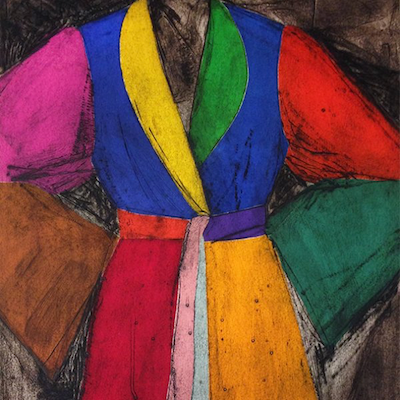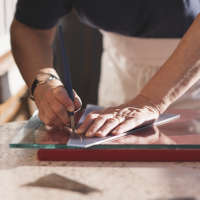
What is Neo-Dada?
Minor visual and audio art movement whose intent is similar to that of Dada artwork. While this art is a revival of some of Dada's objectives, Neo Dada emphasizes the importance of produced artwork rather than the concept used to generate the work. It is regarded as the foundation of Pop art, Nouveau realisme and Fluxus. It is known for its use of absurdist contrast, popular imagery and modern materials.
Artwork by Jim Dine- Show All
- Established
- Discoveries
ARTWORKS RELATED TO NEO-DADA

Depending on the artist's intention, body print may be executed in different ways that include smearing of grease or margarine on the skin, hair and clothes or by pressing oneself against a piece of paper then dust the oiled imprint with the pigment on the ground. The artist's body acts as the common printing plate, the "body print" however, does not work or act as a self portrait. It rather explores 2 competing identity conceptions.






















